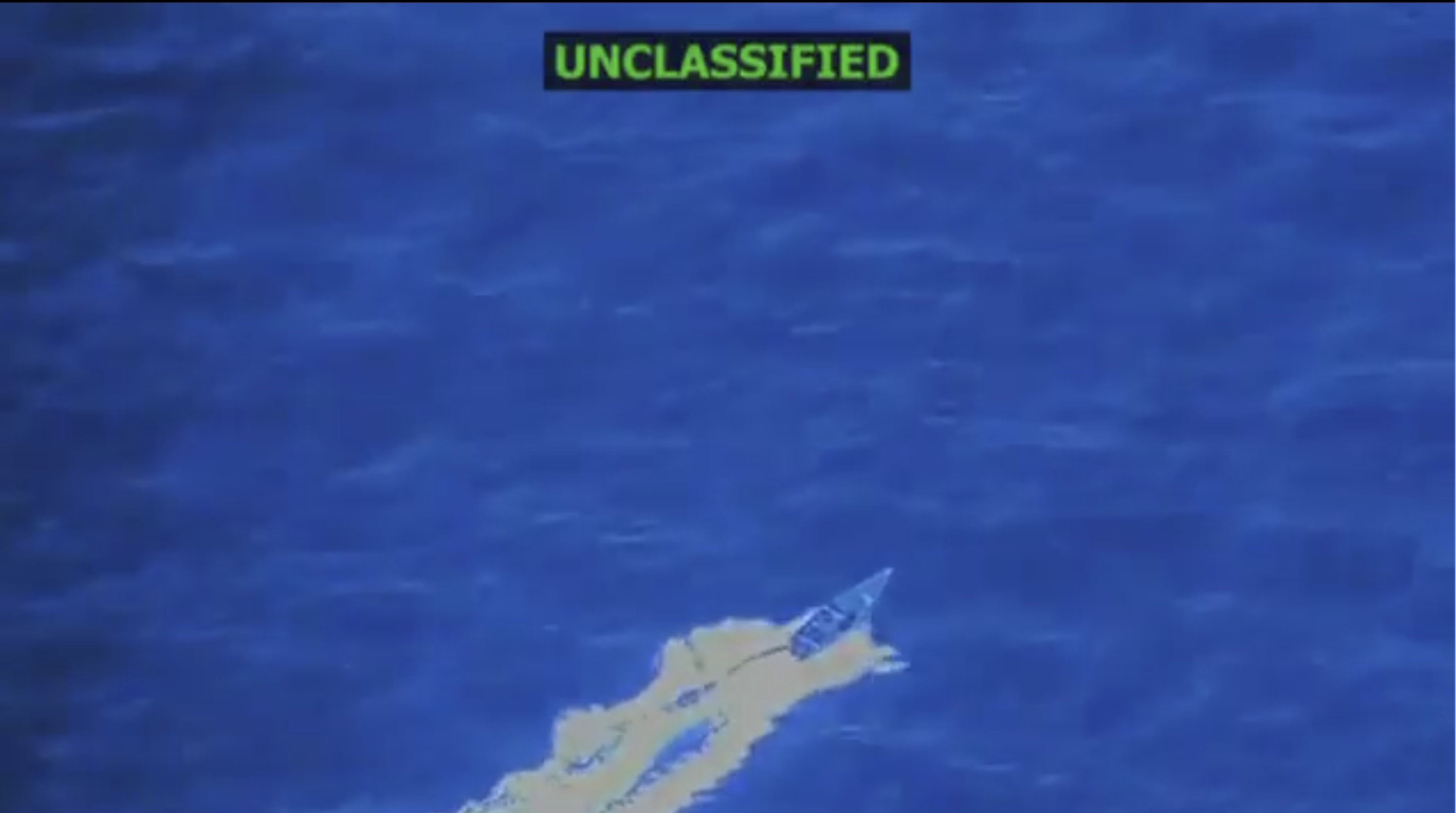Beyond Jus ad Bellum: A Rejoinder to Faisal Kutty’s Analysis of Israel’s June 2025 Strikes
The legality of Israel’s Operation Rising Lion turns on whether the objects attacked qualified as military objectives under jus in bello, not on the imminence of an Iranian attack.
.jpg?sfvrsn=97d38316_5)
Published by The Lawfare Institute
in Cooperation With

In his article “Rebutting the Case for Israel’s June 2025 Strikes as Lawful Self-Defense,” Faisal Kutty evaluated the Israeli Defense Force’s (IDF’s) Operation Rising Lion under the jus ad bellum framework, arguing that Iran did not pose an immediate threat to Israel. That framework, however, governs the resort to force in peacetime and therefore does not apply here. Once an international armed conflict has commenced, as it did between Israel and Iran following the 2024 missile exchanges, the inquiry shifts. The question is no longer whether force may lawfully be initiated, but how it must be regulated under jus in bello, also known as the law of armed conflict or international humanitarian law.
At the outset, it is essential to distinguish between the two principal bodies of law: jus ad bellum and jus in bello. The former governs the conditions under which states may lawfully resort to force in peacetime. Under that framework, a state may not employ force in anticipation of a future attack unless faced with an imminent threat. Jus in bello, by contrast, regulates the conduct of hostilities once an armed conflict has commenced. Unlike under jus ad bellum, force may lawfully be used under jus in bello even in the absence of an actual or imminent attack. Because an international armed conflict existed between Israel and Iran at the time of the June 2025 strikes, the proper legal framework for assessing those strikes is jus in bello, not jus ad bellum.
The core principles of jus in bello are codified in the Geneva Conventions and their Additional Protocols. Under Additional Protocol I (AP I), attacks may lawfully be directed against “military objectives,” as that term is defined in Article 52. Importantly, an object qualifies as a military objective if its destruction confers a “definite military advantage,” regardless of whether the threat it poses is imminent. For example, a tank not engaged in combat and positioned well behind the front lines poses no imminent threat. Yet it may still be lawfully targeted, since its destruction deprives the enemy of a capability for future combat and thereby yields a definite military advantage. This standard is fundamentally different from jus ad bellum, which permits the use of force only against threats that are imminent.
The key question, then, is whether Operation Rising Lion is governed by jus in bello or jus ad bellum. That determination turns on whether an international armed conflict between Israel and Iran persisted into the period immediately preceding the June 2025 strikes. If the conflict was ongoing, the legality of Israel’s use of force must be assessed under jus in bello, rather than under the jus ad bellum imminence standard applicable only before the outbreak of hostilities.
It is indisputable that an international armed conflict existed between Israel and Iran as of October 2024. Paragraph 218 of the International Committee of the Red Cross (ICRC) Commentary on the First Geneva Convention (2016 update) affirms that any resort to armed force between states, regardless of the intensity of the confrontation, is sufficient to establish an armed conflict. The April and October 2024 missile exchanges, conducted directly between the two states, are paradigmatic examples of such a conflict. The remaining question is whether hostilities had ceased before June 2025, thereby terminating the conflict and with it the applicability of Article 52 of Additional Protocol I.
The question of whether the applicability of Article 52 had terminated, and whether hostilities had in fact ceased, is governed by Article 3 of Additional Protocol I, which provides that the protocol remains applicable “until the general close of military operations.” According to Paragraphs 152-53 of the ICRC Commentary, “military operations” encompass actions of any kind undertaken by armed forces with a view to hostilities. Such operations may occur even in the absence of direct hostilities, so long as they are oriented toward future confrontation.
There is little doubt that, following the October 2024 missile exchanges, both Iran and Israel oriented their military operations toward renewed confrontation. In the months preceding Operation Rising Lion, each side expanded its capabilities and undertook extensive preparations against the other in expectation of renewed hostilities. During this temporary cessation of hostilities, Iran also accelerated its nuclear program at a rapid pace.
Moreover, Iran’s Supreme Leader continued to express his intentions to eradicate Israel in the aftermath of the October 2024 strikes. On Nov. 2, 2024, Ayatollah Khamenei warned that the United States and Israel would “receive a crushing response” to the prior month’s attacks. In February 2025, a senior Iranian commander stated that Khamenei ordered an increase to the range of Iranian missiles and promised another strike “on a scale sufficient to destroy Israel and raze Tel Aviv and Haifa to the ground,” adding that the resistance front was at peak readiness. These were not idle threats. Between October 2024 and June 2025, the Houthis—an integral part of Iran’s resistance front—carried out sustained missile attacks against Israel. And in May 2025, Khamenei reiterated: “The Zionist regime that is a lethal, dangerous, cancerous tumor should certainly be eradicated, and it will be.”
Taken together, these declarations, preparations, and ongoing proxy attacks are wholly inconsistent with the notion of a “general close of military operations.” They reflect an active operational posture directed toward future confrontation. It is therefore impossible for any objective observer to conclude that hostilities between Iran and Israel had ended prior to June 2025.
Accordingly, under jus in bello, Israel remained entitled to use force against Iran without demonstrating the existence of an imminent threat. The legality of Israel’s strikes turned on whether the objects attacked qualified as military objectives within the meaning of Article 52 of Additional Protocol I, not on the imminence of an Iranian attack.



.jpg?sfvrsn=5a43131e_9)

